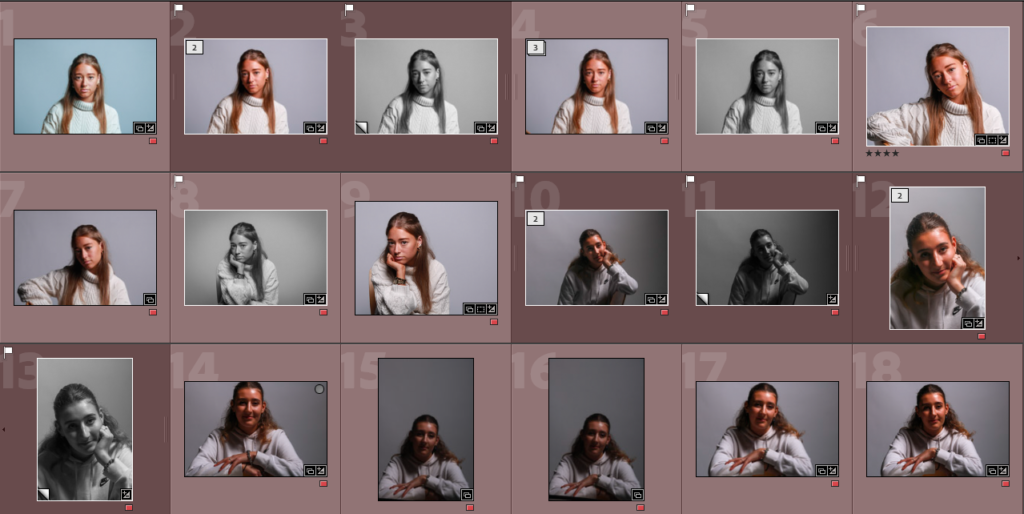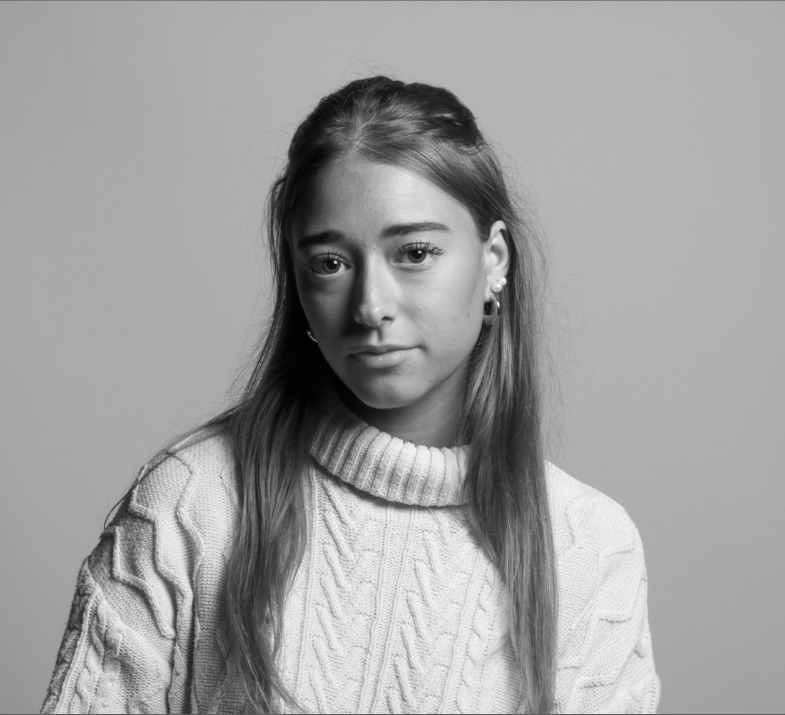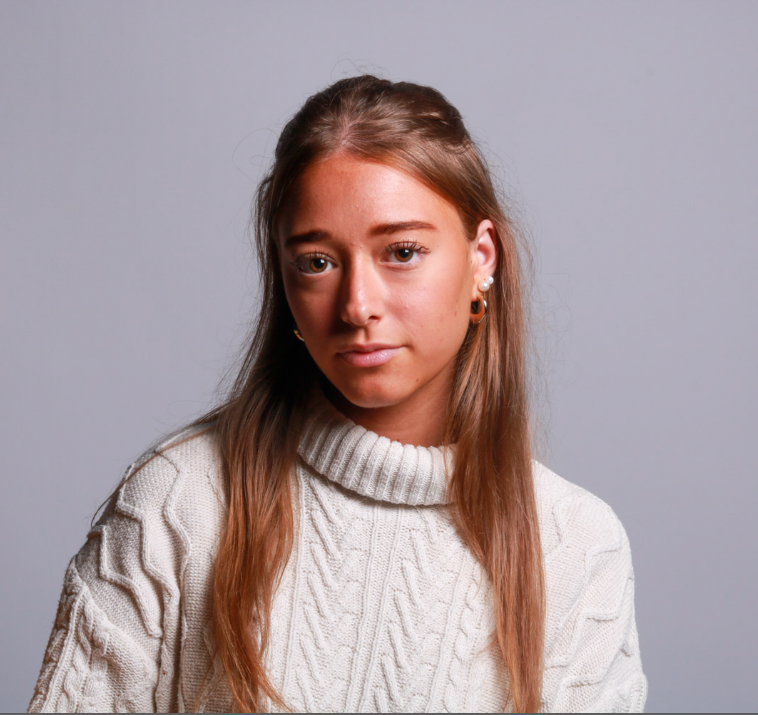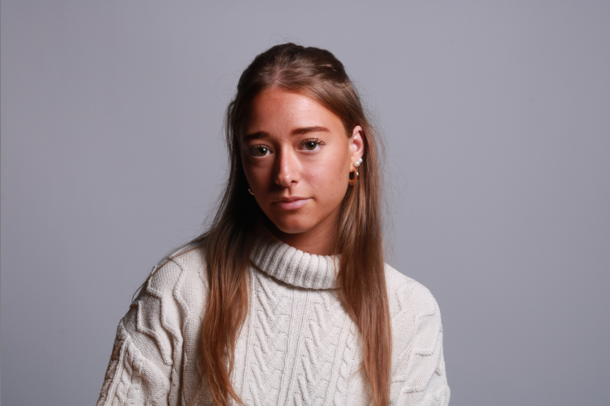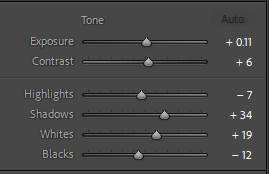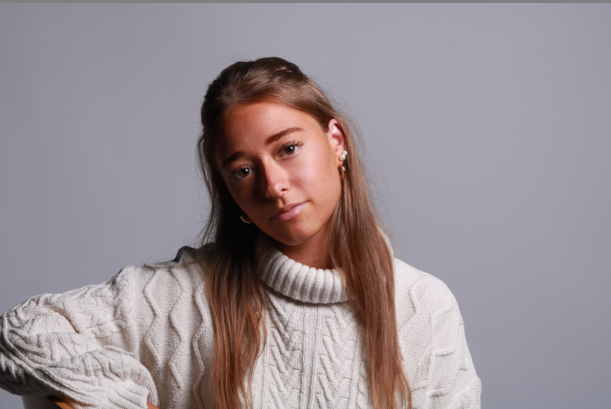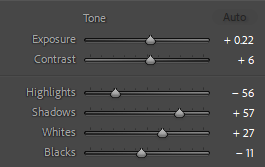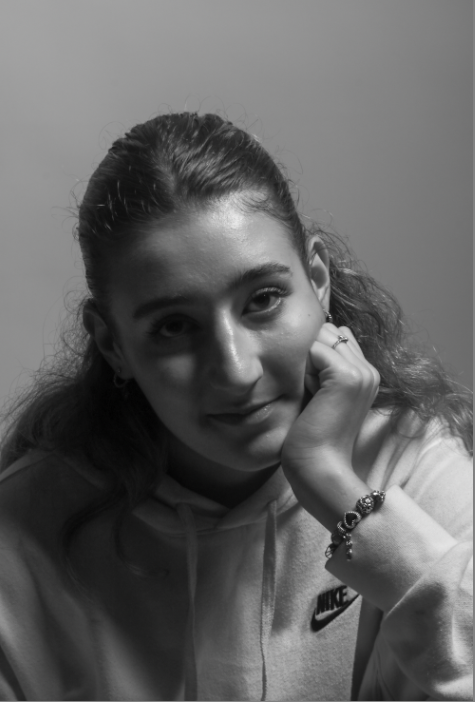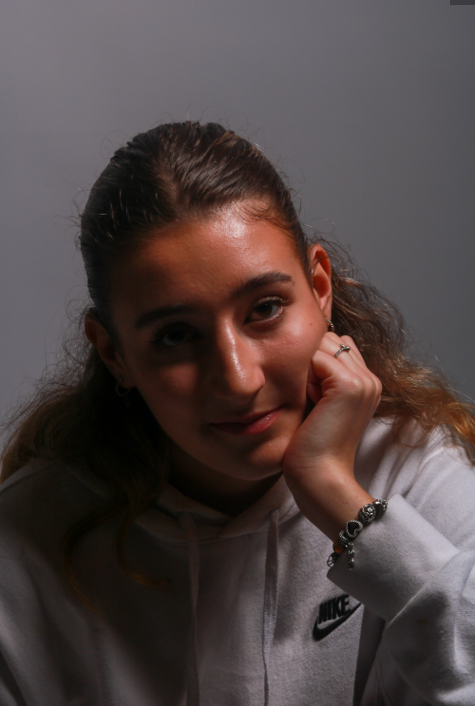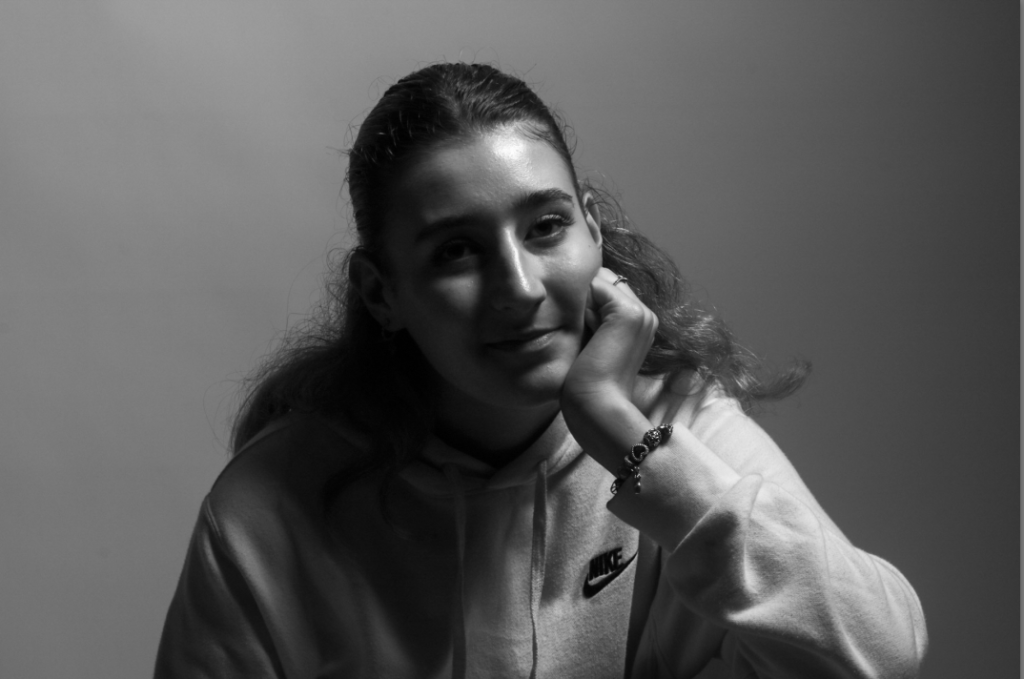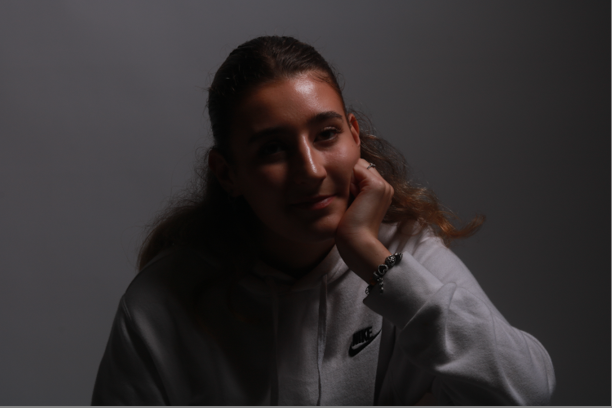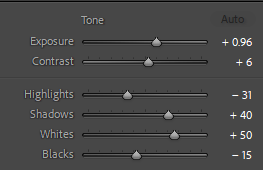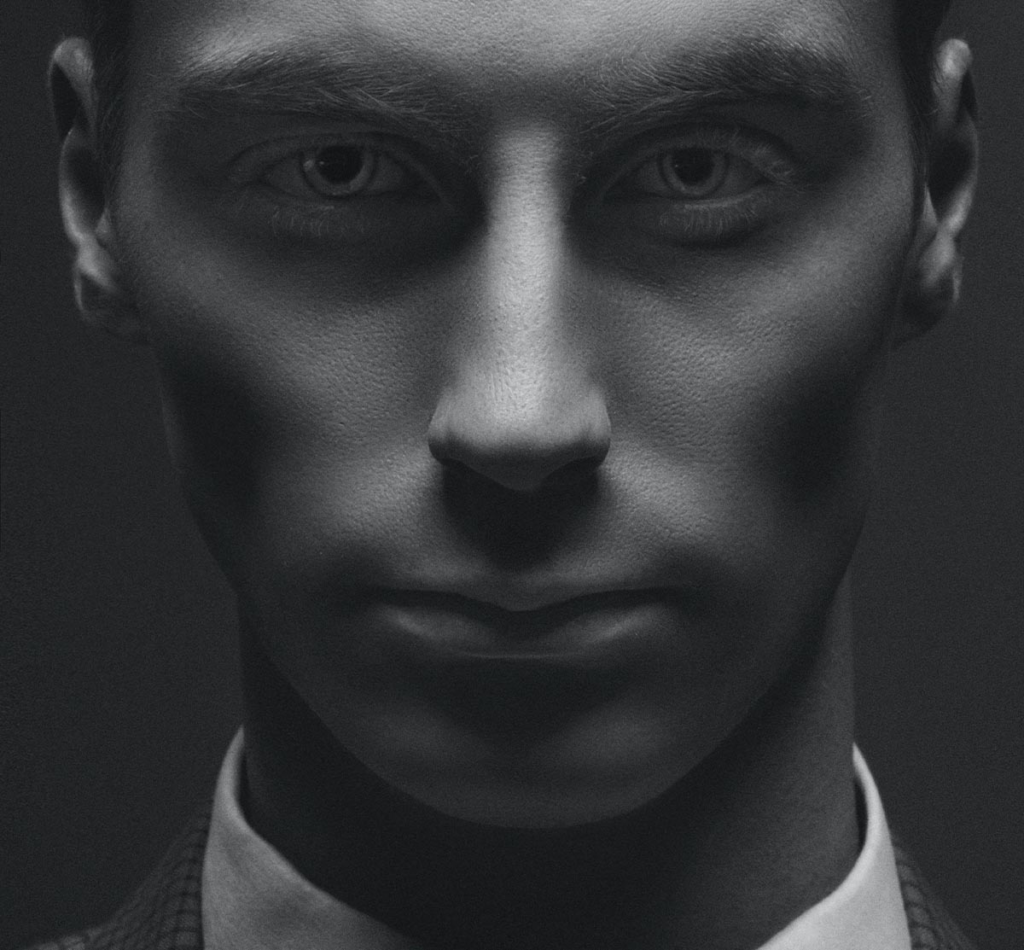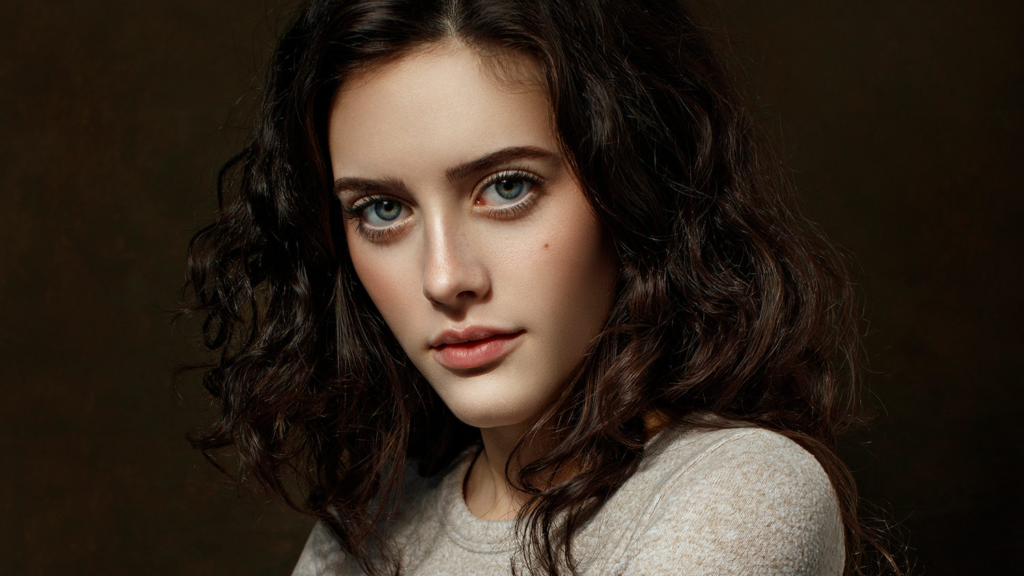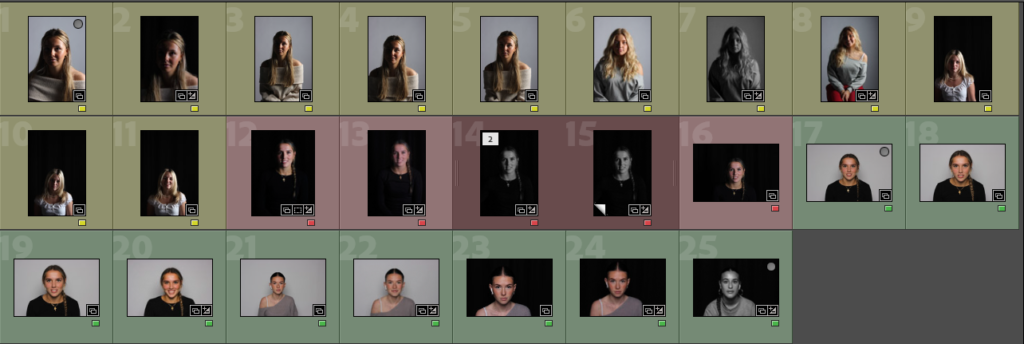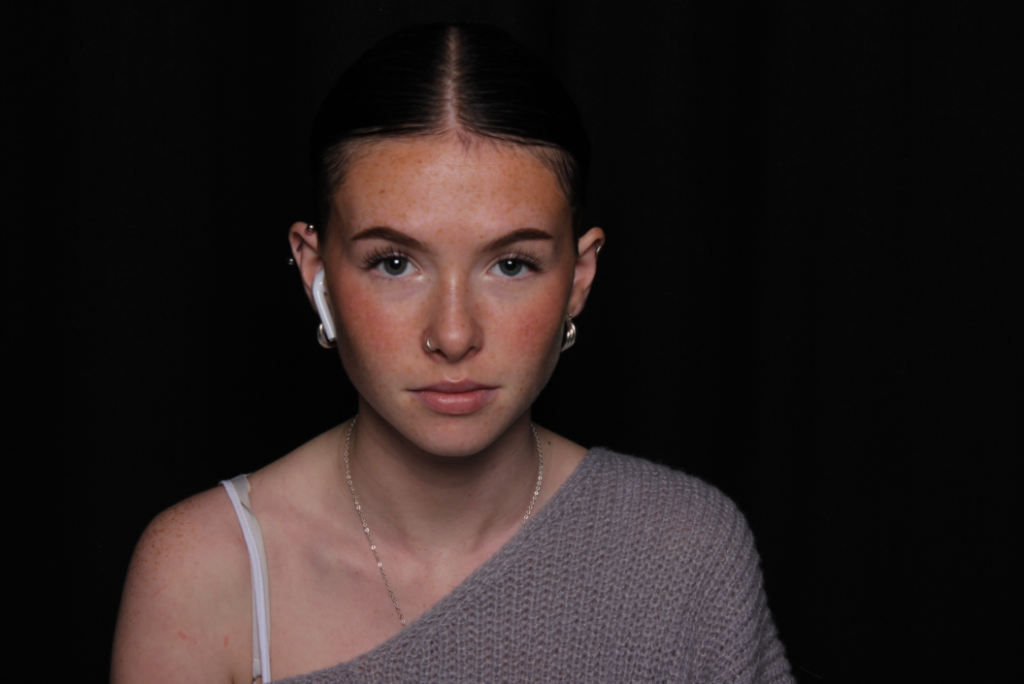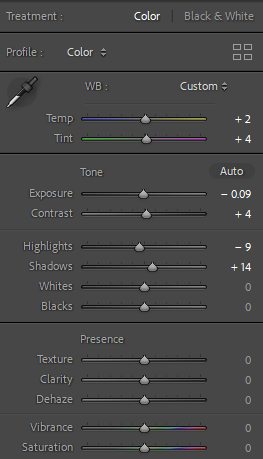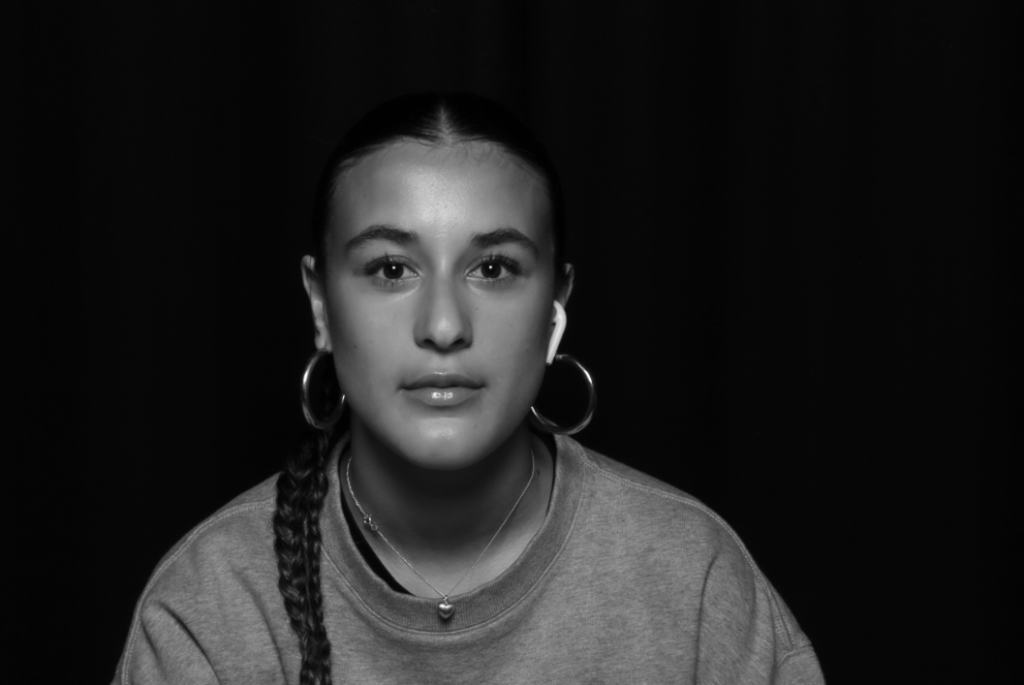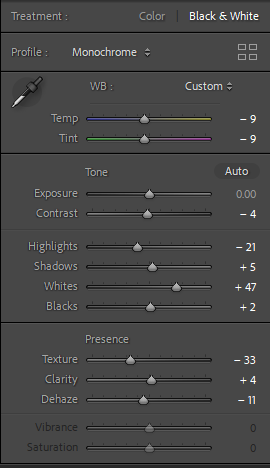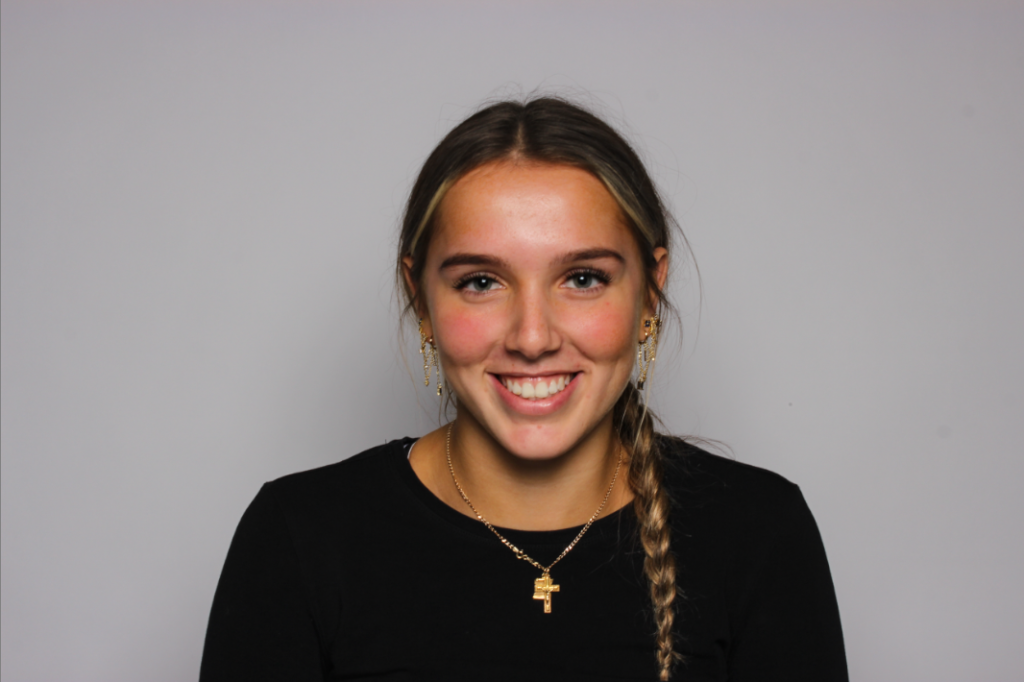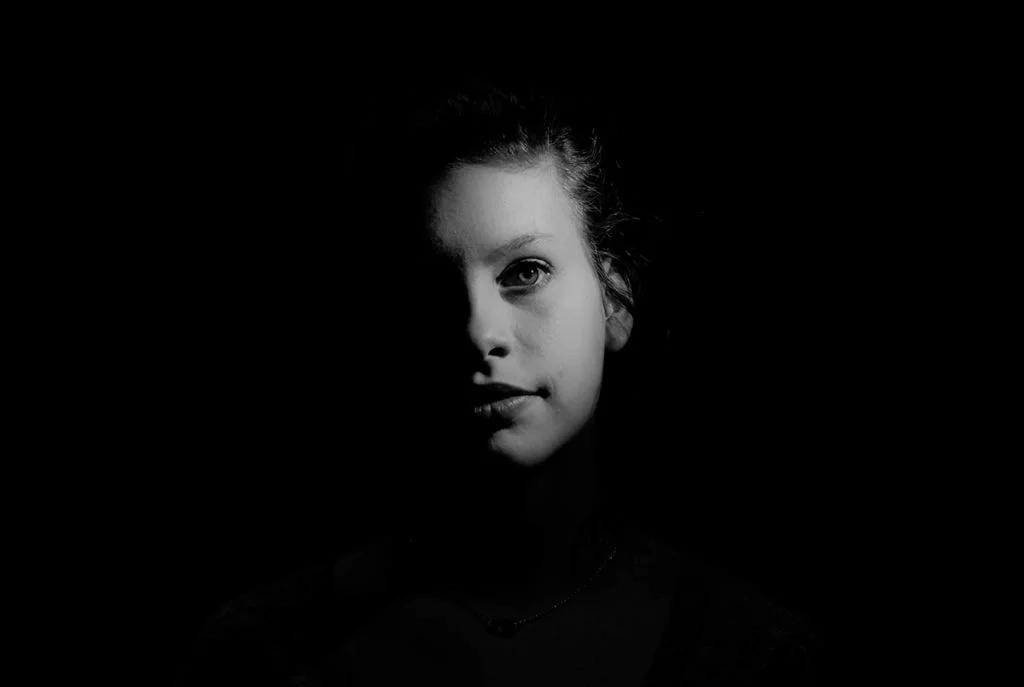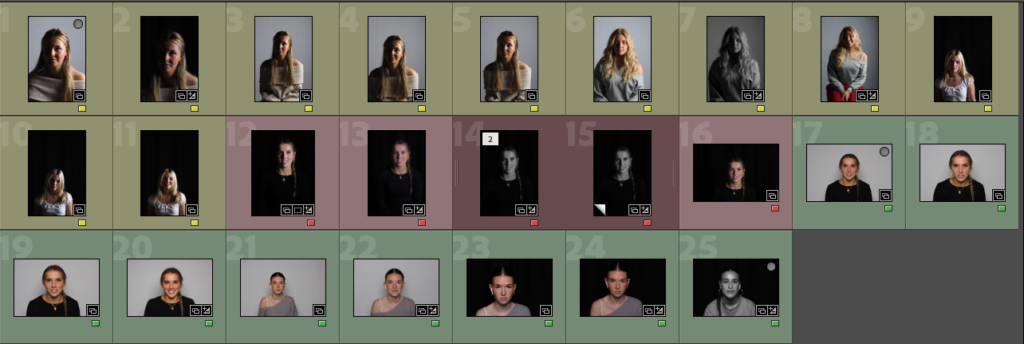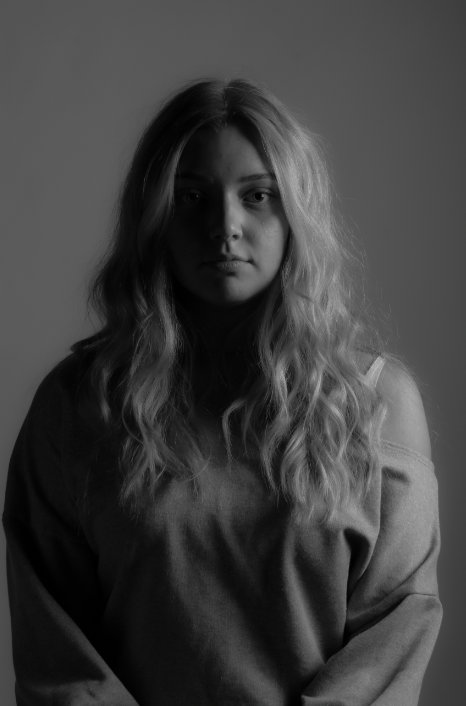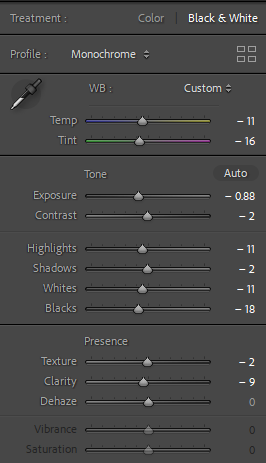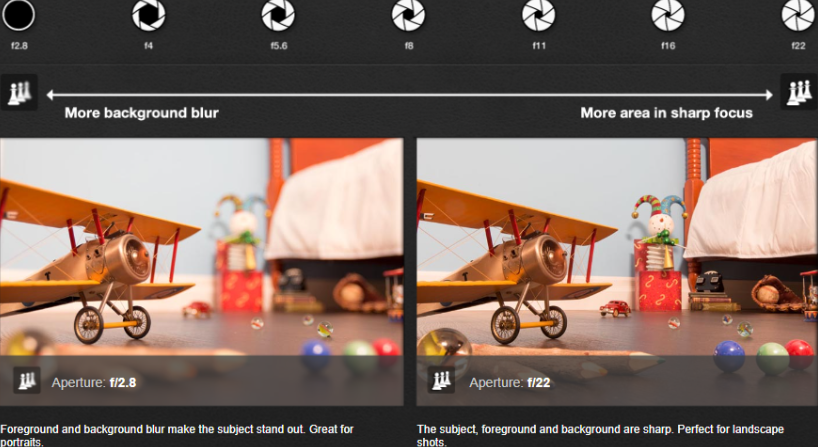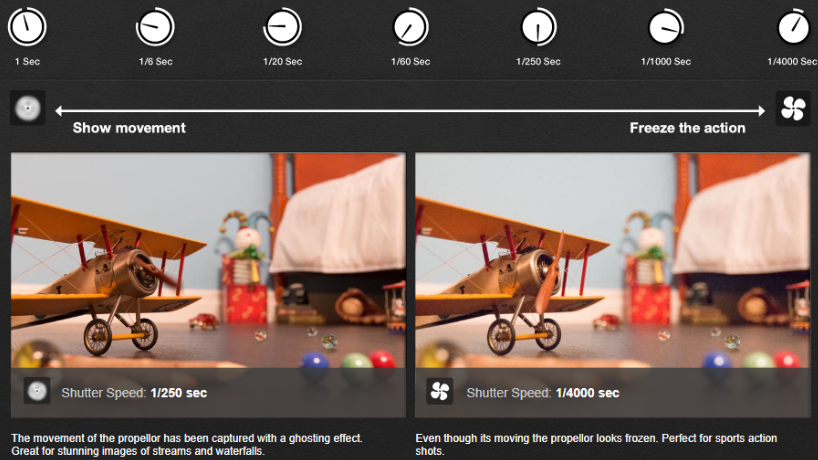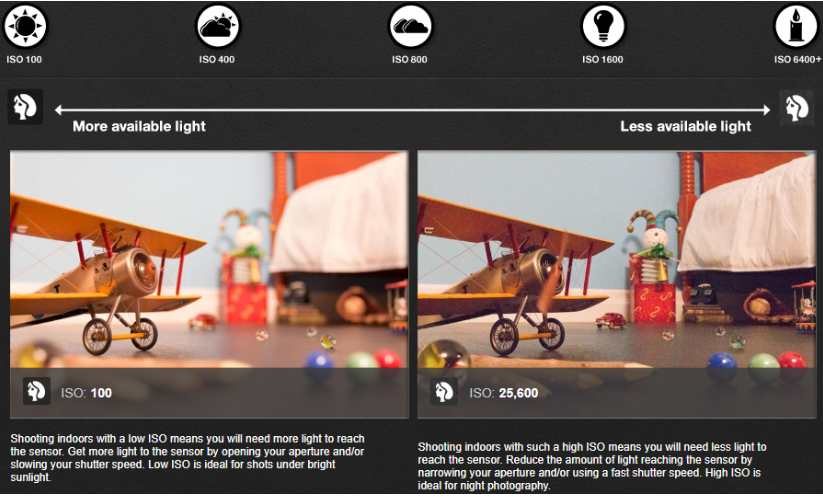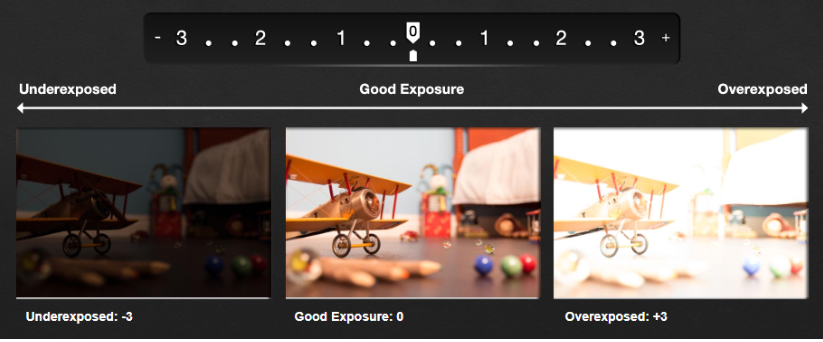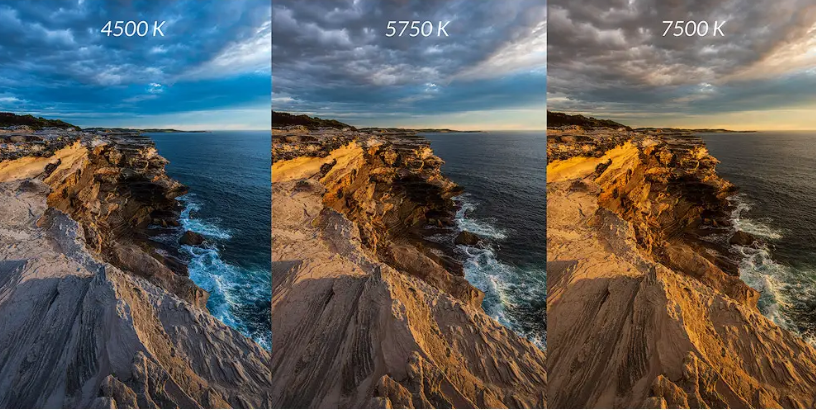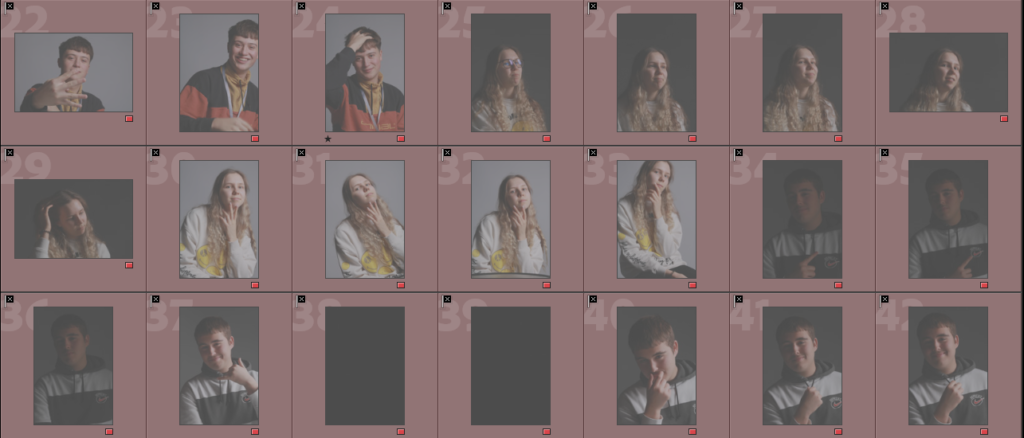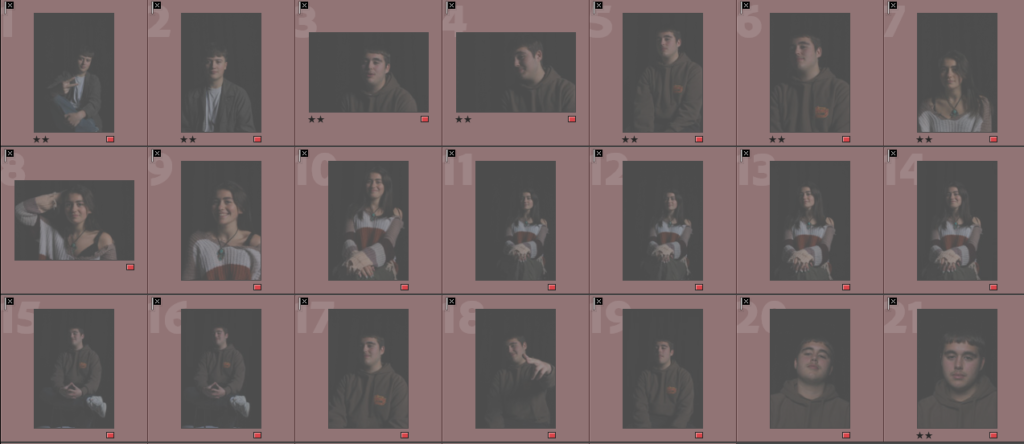The term Rembrandt lighting is relatively new. The term was originally coined by 20th century filmmaker Cecil B. DeMille when he made the film The Virginia Warriors. As the story progressed, he borrowed several spotlights to recreate a lighting scheme in which the actors’ faces were half illuminated.
Rembrandt lighting is a technique using one light as well as a reflector or two separate lights. It is a popular as it gives an image a dramatic look as well as a natural look. it is recognisable through the lit-up triangle on the subjects unlit side of their face.
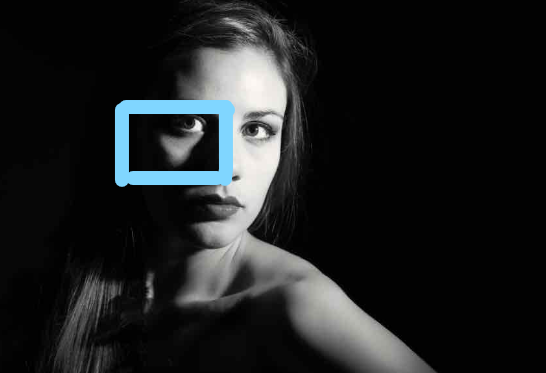
My photoshoot:


Best photos:
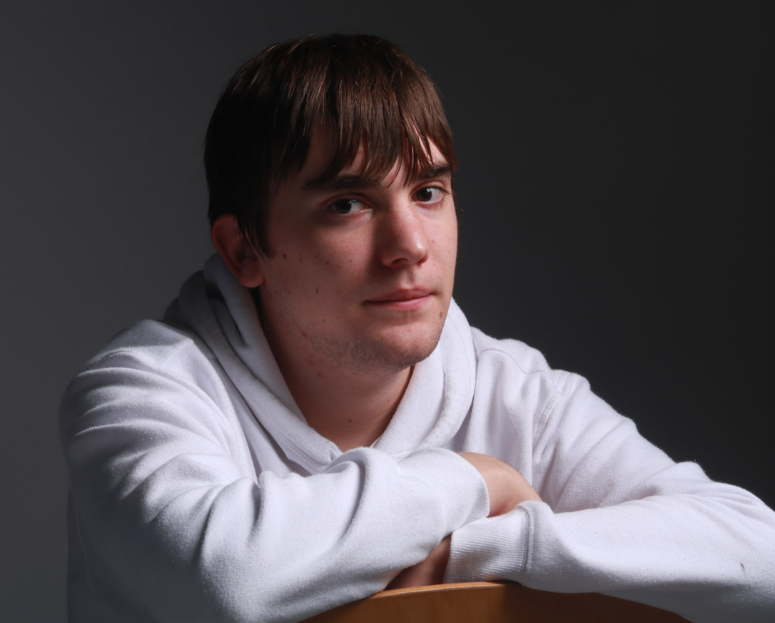
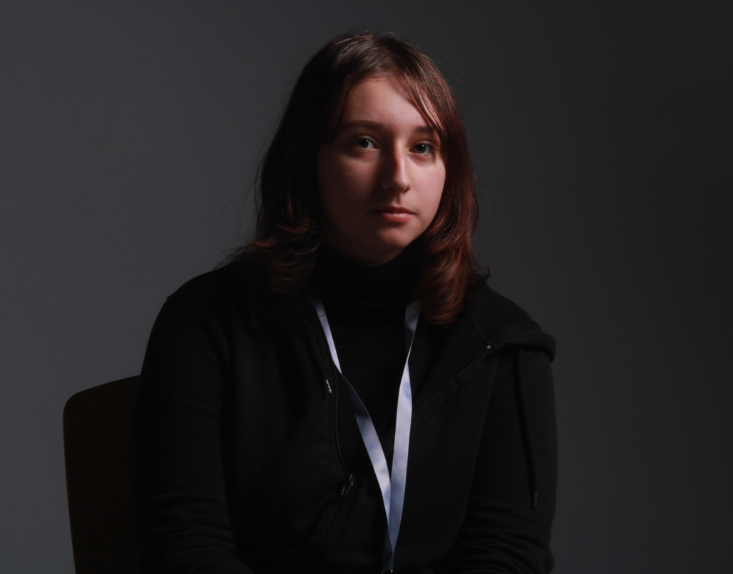
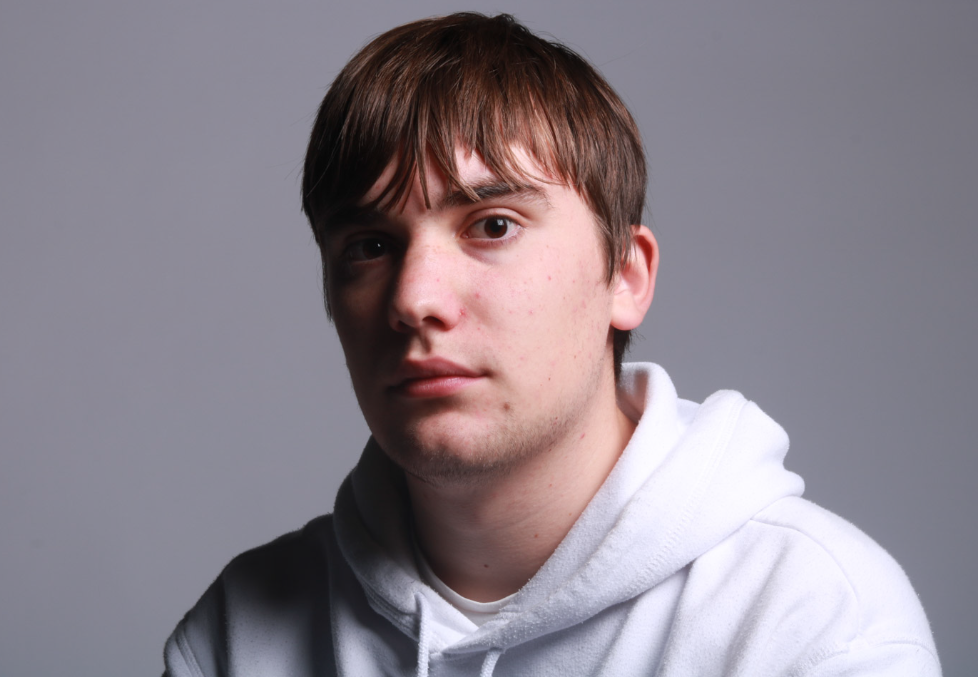
Editing:
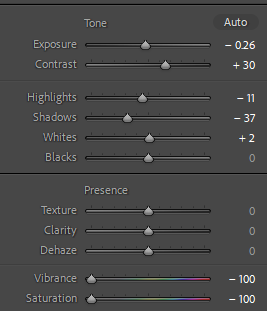
I chose to edit this photo as it has a clear Rembrandt lighting. I made slight changes to the tone of the photo to add a higher level of contrast so that the triangle would be enhanced. I then went on to removing the colour by decreasing the saturation and vibrancy to -100.
Before and after:
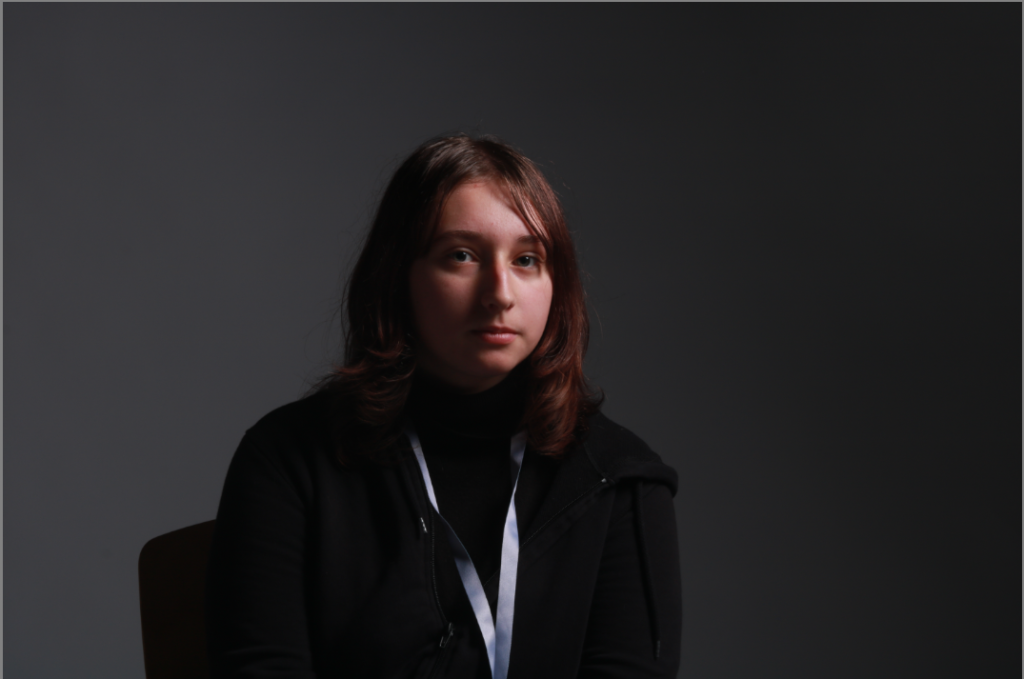
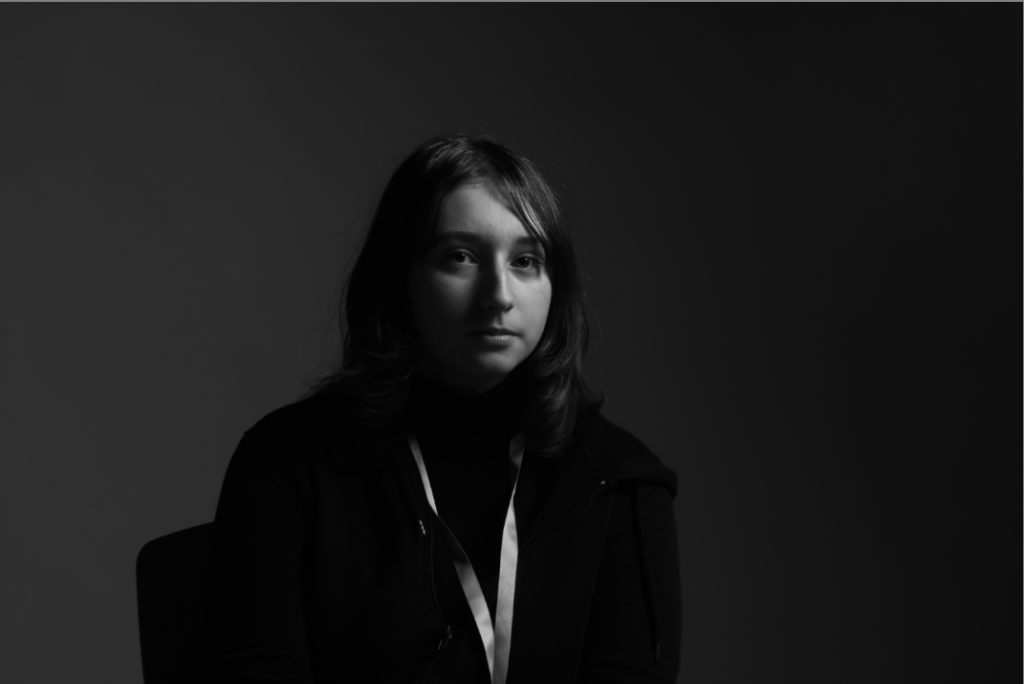

Next I cropped the photo to remove some of the background to ensure the model was the main focus of the photo rather than the space around.
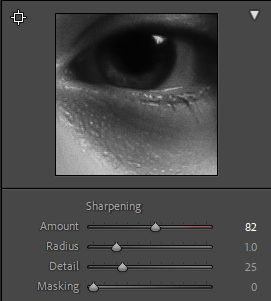
Finally I increased the sharpness to cause the photo to be more detailed and sharper so that the shadows were more contrasted.
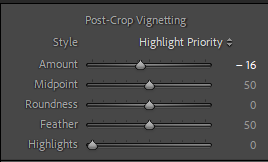
I decided to add vignette to the photo to draw the viewers eyes to the model.
Final edit:
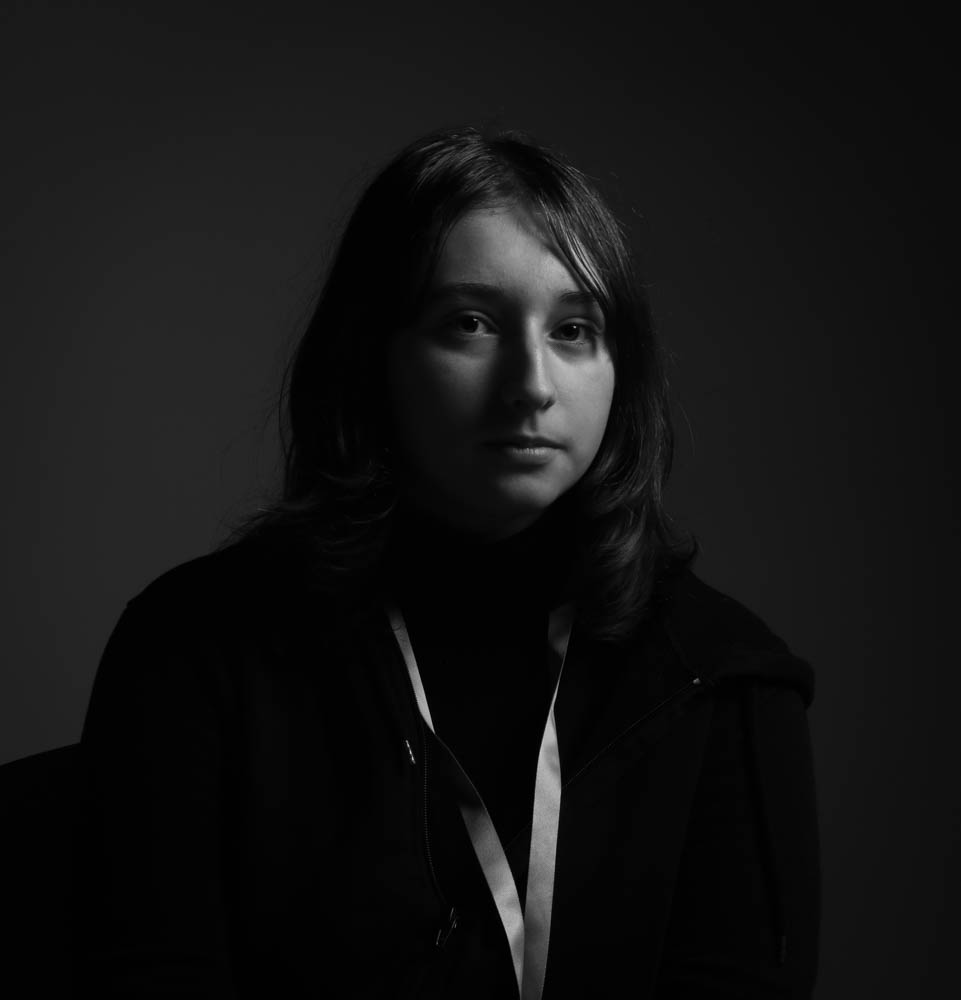
I think this edit is successful as there is a clear triangle under the models left eye which shows that it is a Rembrandt inspired photo. I also think the black and white makes the highlights brighter and the shadows darker which enhances the contrast between them, this is especially useful for the triangle under the eye and it makes it clear. By cropping the photo and adding the vignette effect the focus of the photo is drawn to the centre, the model.

